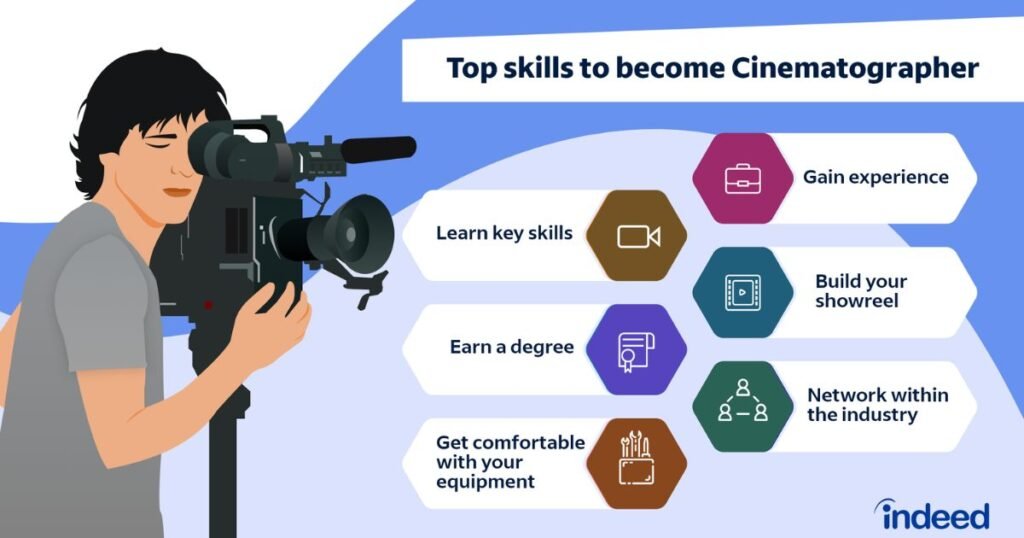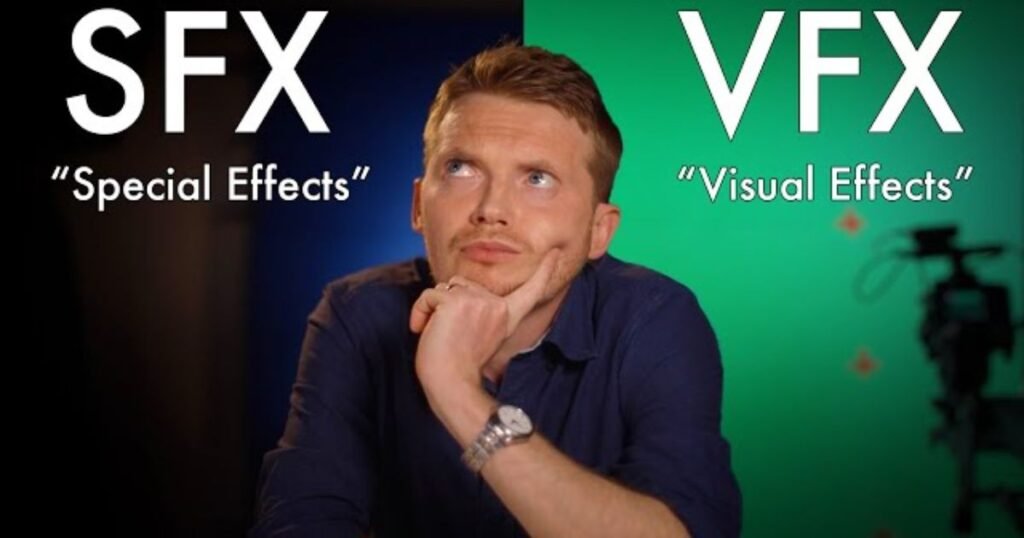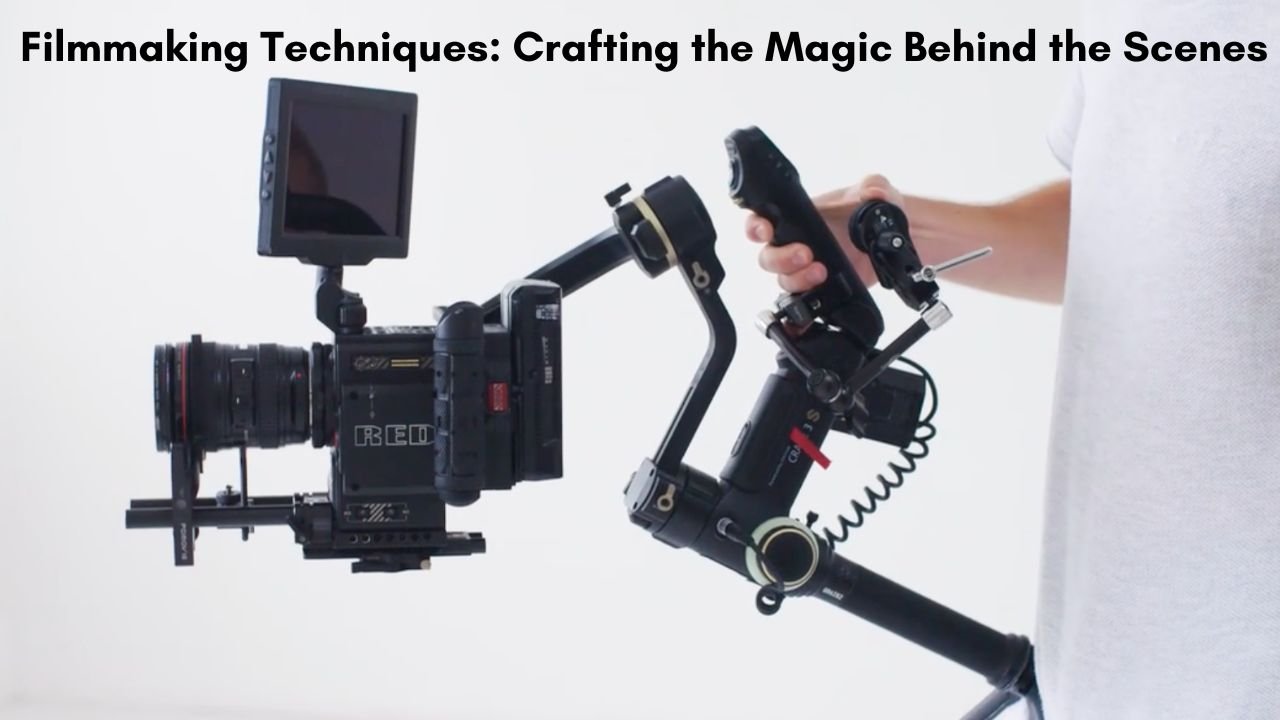Have you ever watched a movie and felt that you have the whole range of emotions within a few hours from joy and laughter to sadness and anger. That is the movie making or as it can be stated to, the filmmaking Techniques or then known as film production. That is why such movies are dramatic, comical, thrilling and action movies that manage to make the spectators laugh, cry, jump around with joy and be in awe.
But how does one get vivid stories out of images that appear and go off on an empty white screen? The fact is hidden in the filmmaking Techniques toolbox which contains all those tools that help to turn stories into vivid pictures.
What Are Filmmaking Techniques?
For many individuals there is still the question of what filmmaking techniques are and film techniques in short are strategies by which the motion picture displays the images to the audience in a different manner. film techniques can be viewed in a number of ways: what is on the screen, how bright and where, how has the movie been cut.
Singled out and it would not seem practical to discuss limits within which a filmmaker is to perform his or her job and Since most independent filmmaking techniques work beyond the ‘system’, he or she has to do whatever it takes to finish the job. It means that the filmmaking techniques are responsible for making a feature film from idea and scripting to production and marketing and distribution and post not getting hired to do so.
If you want to know more about filmmaking techniques you should visit this attach link:-https://www.youtube.com/watch?v=Z0JgO8RaLOY
1. Cinematography

Cinematography is the technique used in films that gives it an ability to record moving pictures. It includes all from camera position to lighting and framing of the shots. Key techniques include:
- Camera Angles: One has to realize how much it is possible to qualitatively change the view of the scene switching between the angles. For instance, the low angled shooting makes a character seem powerful while the high angled shooting makes him and her seem powerless.
- Shot Composition: This has to do with the manner in which accents are positioned into the frame. This can be improved by mastering the use of some basic strategies such as the Rule of Thirds.
2. Editing
A more specific level of filmmaking tech is editing which involves a splicing of clips in a way that will give a logical sequence of events. Ideally it is used for pacing, the length of the narrative, and when a particular scene or message has inflicted enough damage on the reader. Key editing techniques include:
- Continuity Editing: This technique helps in the logical transition of scenes from one to the other while at the same time observing the endurance of time and space.
- Montage: A set of pictures joined together in sequence to produce the effect of continuity of time, or a number of events. Some of the most respected examples are the training sequences seen in the so called sports movies.
- Jump Cuts: These are unsteady transitions from one shot to the other; they are mainly applied when a lot of action is involved or the director wants to produce a scare.
3. Sound Design
Sound design is the process of designing and engineering sounds for artistic or purposes of narration. Techniques include:
- Dialogue and ADR: Dialogue is captured on the set, more dialogues may be dubbed later in post-production known as Automated Dialogue Replacement.
- Foley: Vocal sound effects or numerous impacts made during the post production procedures to make the environment popular.
- Soundtrack and Score: It can intensify emotions and also create mood for a particular scene. Music and sounds can get practically integrated into the movie’s brand as a memorable theme or effective background music.
4. Special Effects (SFX)

Special effects are those techniques that are used in creating apparent images or if used they portray unreal imaginations. They can be set and based or digital. Key techniques include:
- Practical Effects: These are real effects, gained with props, animatronics and makeup. Such cases involve explosions, prosthetic injuries and the use of life-sized models of the organ or part of the body in question.
- Visual Effects (VFX): Sometimes it vies over practical effects and can be the complete foundation of a movie making, known as visual effects (VFX) that can generate environments and unbelievable characters or complex fight scenes.
6. Production Design
Production design refers to the physical ‘look and feel’ about the movie. Techniques include:
- Set Design: Starting your own places that support the plot. This encompasses building of the sets and stage and development of the props and choice of the shooting venues.
- Costume Design: Clothing and clothes mean to portray characters and aeras or genres of the show or movie.
- Color Palette: The colors and all of their shades can play an important role in setting the mood and the tone of the film. Small quantities of colors which are close to each other in shade give the person a sense of sorrow or sadness while distal and intense colors depict the person a message of joy or confusion.
Conclusion
Filmmaking techniques is a cooperative business that involves using various skills in telling stories. The knowledge and control of those strategies enables directors to produce vision and to engage viewers. Whether the filmmaker uses low or high strength of lighting in the film or whether he includes the device of visual effects into his work and each of them has a very important function in the magic of filmmaking techniques.
If you want to know about Riddle Solver AI: Challenges and Future Directions visit this url.
